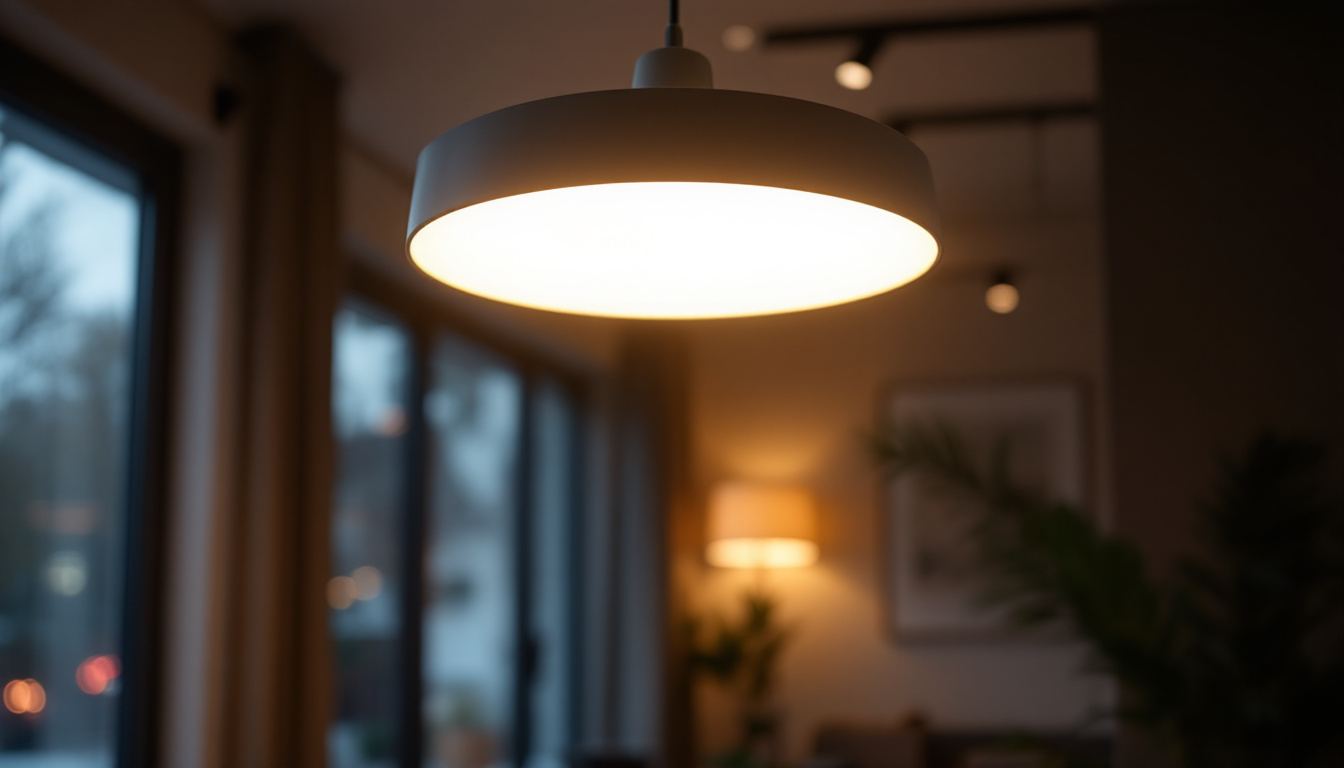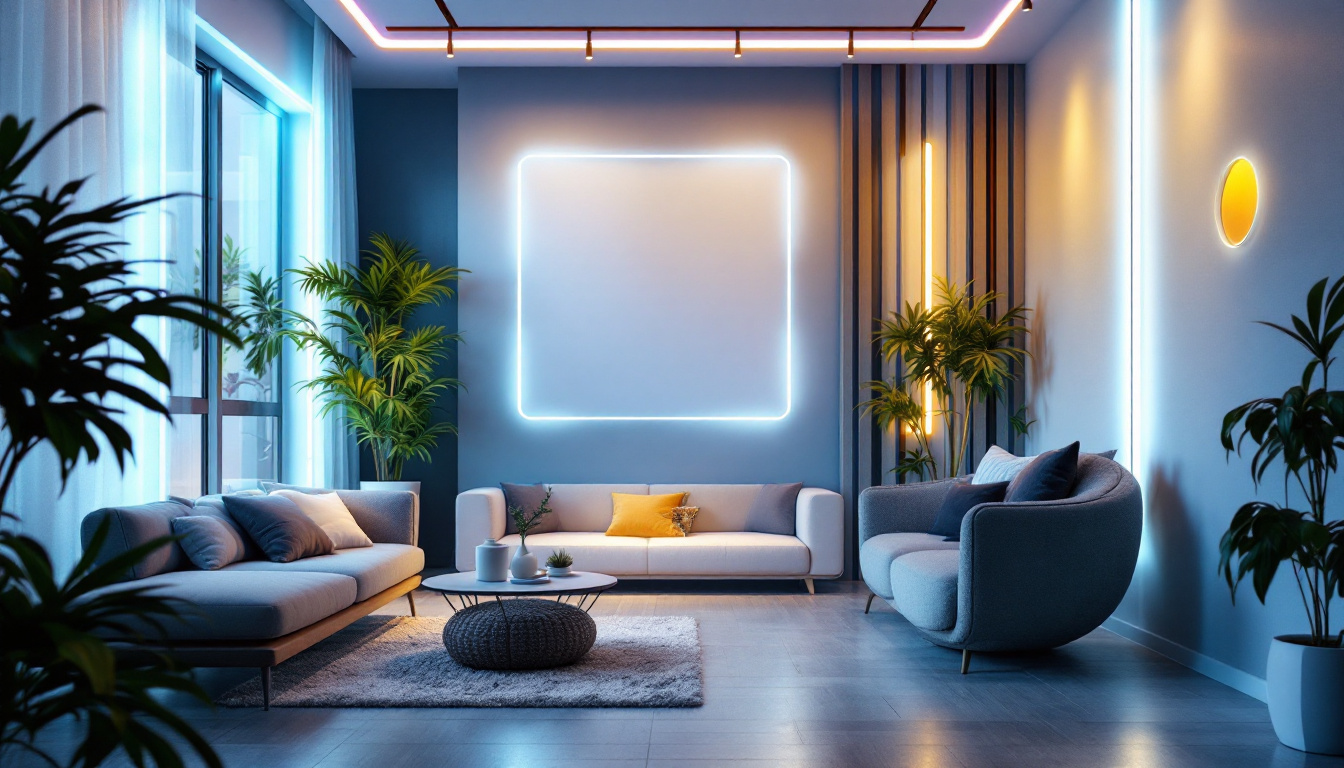
In the world of lighting design and installation, overhead light fixtures play a pivotal role in enhancing both functionality and aesthetics in residential and commercial spaces. For lighting contractors, understanding the various types, styles, and installation techniques of overhead fixtures is essential to delivering high-quality service to clients. This comprehensive handbook covers everything from the basics of overhead lighting to advanced installation tips and trends in the industry.
Overhead light fixtures are designed to illuminate spaces from above, providing essential lighting that can transform a room’s ambiance. These fixtures come in various styles, sizes, and types, each serving different purposes and meeting specific design needs. Understanding these nuances is crucial for lighting contractors aiming to provide tailored solutions for their clients.
There are several types of overhead light fixtures, each with unique characteristics and applications. The most common types include:
Selecting the appropriate overhead light fixture involves considering several factors, including the room’s purpose, ceiling height, and existing decor. For instance, in a cozy living room, a chandelier may add elegance, while in a kitchen, flush mounts or recessed lighting can provide functional illumination.
Additionally, contractors should take into account the fixture’s energy efficiency, bulb compatibility, and maintenance requirements. LED options are increasingly popular due to their longevity and lower energy consumption, making them an excellent choice for both residential and commercial applications.
In addition to these practical considerations, the aesthetic appeal of overhead light fixtures cannot be overlooked. The right fixture can serve as a statement piece that enhances the overall design theme of a room. For example, a rustic pendant light can complement farmhouse decor, while a sleek, modern flush mount can elevate a contemporary space. Furthermore, the color temperature of the bulbs used in these fixtures can significantly affect the mood of a room. Warmer tones create a cozy atmosphere, while cooler tones can energize a space, making it feel more vibrant and lively.
Moreover, the placement of overhead fixtures plays a critical role in achieving the desired lighting effect. Layering different types of lighting, such as combining overhead fixtures with wall sconces and table lamps, can create a well-balanced and inviting environment. This approach not only enhances functionality but also adds depth and dimension to the decor. As such, understanding the interplay between various lighting sources is essential for contractors looking to create harmonious and visually appealing spaces for their clients.
Proper installation of overhead light fixtures is crucial for both safety and functionality. Lighting contractors must be well-versed in various installation techniques to ensure that fixtures are securely mounted and provide optimal lighting.
Before beginning any installation, it is essential to turn off the power at the circuit breaker to avoid electrical hazards. Additionally, contractors should gather all necessary tools and materials, including wire connectors, screws, and a voltage tester. Having a checklist can streamline this process, ensuring that no vital component is overlooked. It’s also advisable to wear safety goggles and gloves to protect against any debris or sharp edges that may be encountered during installation.
Using a sturdy ladder is vital when working with overhead fixtures, especially for those that require mounting at significant heights. Ensuring that the ladder is stable and positioned correctly can prevent accidents during installation. Contractors should also be mindful of their surroundings, clearing the area of any obstacles that could pose a tripping hazard. Furthermore, if the installation is taking place in a high-traffic area, it may be prudent to use signage to alert others of the ongoing work.
The mounting process varies depending on the type of fixture being installed. For flush mounts, the contractor should attach the mounting bracket to the electrical box in the ceiling, followed by connecting the fixture’s wiring to the house wiring. Ensuring that connections are secure and properly insulated is critical to prevent electrical issues. It is also important to check that the fixture is level before tightening screws, as an uneven installation can affect both aesthetics and functionality.
Pendant lights require additional attention, as they often involve hanging from a cord or chain. Contractors should ensure that the fixture is hung at the appropriate height, taking into consideration the room’s overall design and functionality. The length of the cord or chain can often be adjusted, allowing for customization based on the space. Additionally, it is essential to consider the type of bulb being used, as different bulbs can produce varying levels of brightness and warmth, impacting the overall ambiance of the room. Properly positioning the fixture can also enhance its decorative appeal, making it a focal point in the room’s design.
The lighting industry is continually evolving, with new trends emerging that influence the design and functionality of overhead light fixtures. Staying updated on these trends can help lighting contractors offer innovative solutions to their clients.
As sustainability becomes a priority for many homeowners and businesses, the demand for eco-friendly lighting solutions is on the rise. This includes the use of LED fixtures, which consume less energy and have a longer lifespan compared to traditional incandescent bulbs.
Additionally, smart lighting technology is gaining popularity. These systems allow users to control their overhead lights remotely, adjust brightness, and even change colors, all through a smartphone app or voice commands. Contractors who are knowledgeable about smart lighting options can provide valuable insights to clients looking to modernize their spaces.
Another trend in overhead lighting is the blending of different styles and materials. Contractors are increasingly seeing requests for fixtures that combine industrial elements with modern designs, creating unique and personalized lighting solutions. For example, a metal pendant light with a glass shade can add character to a contemporary kitchen.
Moreover, the use of natural materials, such as wood and stone, is becoming more prevalent in overhead light fixtures. These materials not only enhance the aesthetic appeal but also contribute to a warm and inviting atmosphere.
While installing overhead light fixtures can be straightforward, several challenges may arise during the process. Being aware of these potential issues can help contractors navigate them effectively.
In spaces with varying ceiling heights, determining the appropriate fixture height can be challenging. For example, in a room with a high ceiling, a short pendant light may get lost in the space, while a flush mount may not provide adequate illumination.
To address this, contractors should consider using adjustable pendant lights or multiple fixtures to ensure even lighting throughout the room. Additionally, they can recommend fixtures that complement the room’s proportions and enhance its overall design.
Another common challenge is ensuring that the existing electrical system is compatible with the new overhead fixture. Contractors may encounter issues such as insufficient wattage or incompatible wiring types.
To avoid these problems, it is advisable to conduct a thorough assessment of the electrical system before installation. This includes checking the circuit capacity and ensuring that the wiring meets local codes and standards. If necessary, contractors should be prepared to make upgrades or modifications to accommodate the new fixture.
Proper maintenance of overhead light fixtures is essential to ensure their longevity and optimal performance. Educating clients on how to care for their fixtures can enhance customer satisfaction and reduce the need for frequent repairs.
Dust and grime can accumulate on light fixtures, diminishing their brightness and overall appearance. Contractors should advise clients to clean their fixtures regularly, using a soft cloth and mild cleaning solution to avoid damaging delicate materials.
For chandeliers and intricate fixtures, a more thorough cleaning may be necessary. This can involve carefully removing individual components to clean them separately, ensuring that all parts are free from dust and debris.
Educating clients on the importance of timely bulb replacement is crucial. Using burnt-out bulbs can lead to uneven lighting and strain on the electrical system. Contractors should recommend energy-efficient bulbs and explain how to safely replace them.
Furthermore, providing clients with information on the expected lifespan of different bulb types can help them plan for replacements and maintain consistent lighting in their spaces.
Overhead light fixtures are a vital component of effective lighting design, and for lighting contractors, mastering the intricacies of these fixtures is essential for success. From understanding the various types and installation techniques to staying abreast of industry trends and maintenance practices, this handbook serves as a comprehensive resource for contractors looking to elevate their services.
By providing clients with tailored solutions and expert guidance, lighting contractors can enhance the functionality and aesthetics of any space, ultimately leading to satisfied customers and successful projects. Whether it’s a modern office, a cozy home, or a grand commercial space, the right overhead lighting can make all the difference.
Ready to take your lighting projects to the next level? At LumenWholesale, we provide lighting contractors with an unbeatable selection of spec-grade overhead light fixtures at wholesale prices. Say goodbye to middleman markups and hello to top-quality, reliable lighting that meets the highest industry standards. With our hassle-free bulk buying and free shipping, you can trust that you’re getting premium lighting at the best value — every time. Elevate your service offerings and delight your clients with the perfect blend of quality, affordability, and convenience. Explore our extensive selection and experience the LumenWholesale difference today by visiting Wholesale Lighting at the Best Value.

Discover the essential checklist for lighting contractors with “Bullet Led.” This comprehensive guide covers everything from project planning to installation tips, ensuring efficient and successful lighting solutions for any project.

Explore the rising significance of strip lights in the lighting industry, highlighting their versatility, energy efficiency, and innovative applications that are transforming modern spaces.

Discover how heavy-duty waterproof electrical connectors are revolutionizing the lighting industry, offering unparalleled durability and reliability for contractors.

Discover essential insights and tips for lighting contractors in our comprehensive guide on flood lights.